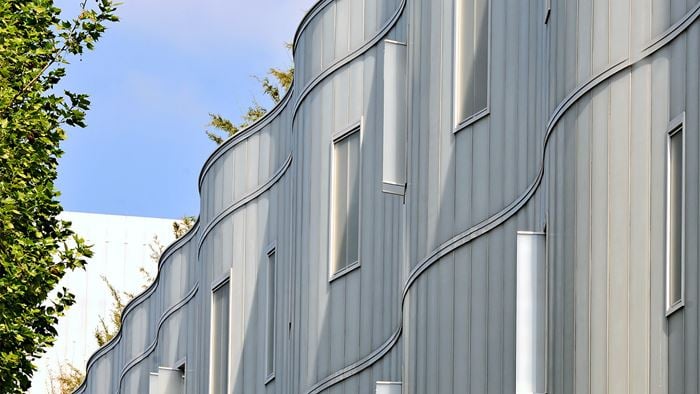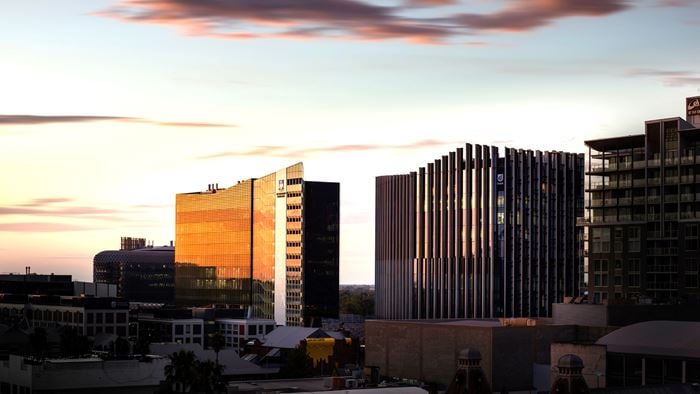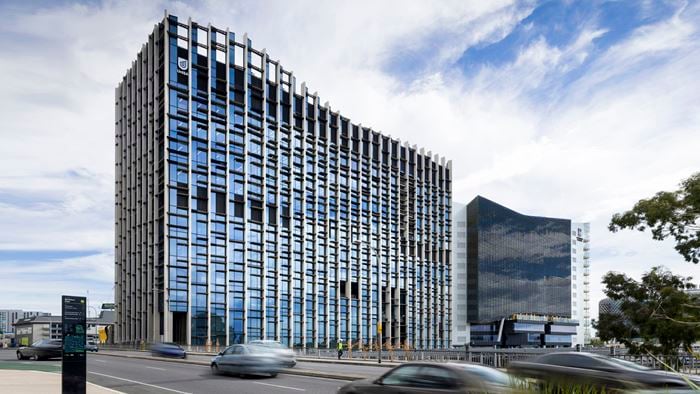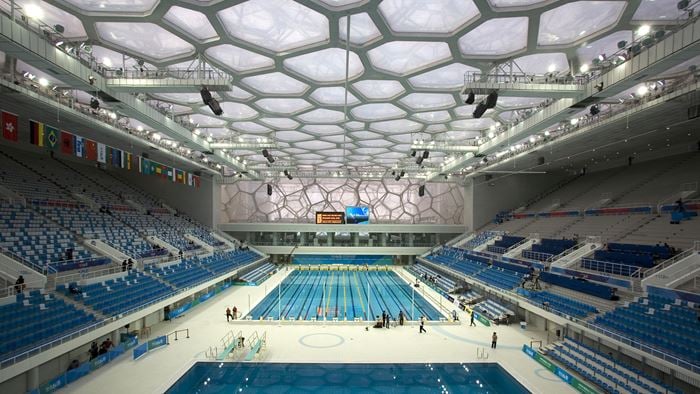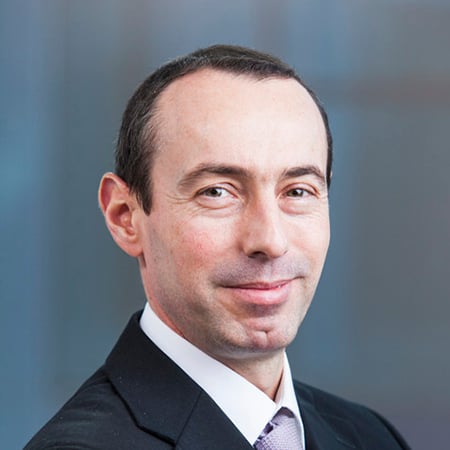Breakthrough medical advances are being made every day, and scientists in London’s Francis Crick Institute are busy digging deep into the workings of the human body to bring them to the public as quickly as possible. Our role was to design them a flexible, modular home that can be adapted to the future needs of science research.
Building a lasting legacy for Francis Crick
The ambition was to create a world-leading centre of biomedical research and innovation in the heart of London. Named the Francis Crick Institute in honour of the great British scientist who discovered the DNA double helix structure, the centre needed to possess the same qualities that its namesake did: hardworking, visionary and innovative.
The central London location meant we had to work fast
Speed is of the essence when you’re planning an 85,000m2 building in central London. Before construction on the shell of the building started in June 2011, we developed a procurement route that shortened the time on site by identifying and evaluating the client’s critical success factors against the design
Project Summary
85,000 metres squared
1stEurope’s largest biomedical research institute under one roof
1,250scientists call the building home
We looked at every possibility to find the best solution
Our findings gave us a solution that meant basement construction could start ahead of the original programme. It was welcome news that then threw another complexity into the mix: the basement was where the highly sensitive equipment – including five nuclear magnetic resonance (NMR) spectrometers – had to be located to prevent vibrational interference.

“Our design, created in collaboration with architects HOK and PLP, included mitigation measures such as shielding the equipment rooms with aluminium, additional active cancellation systems, and filtering all the power supplies into the rooms. ”
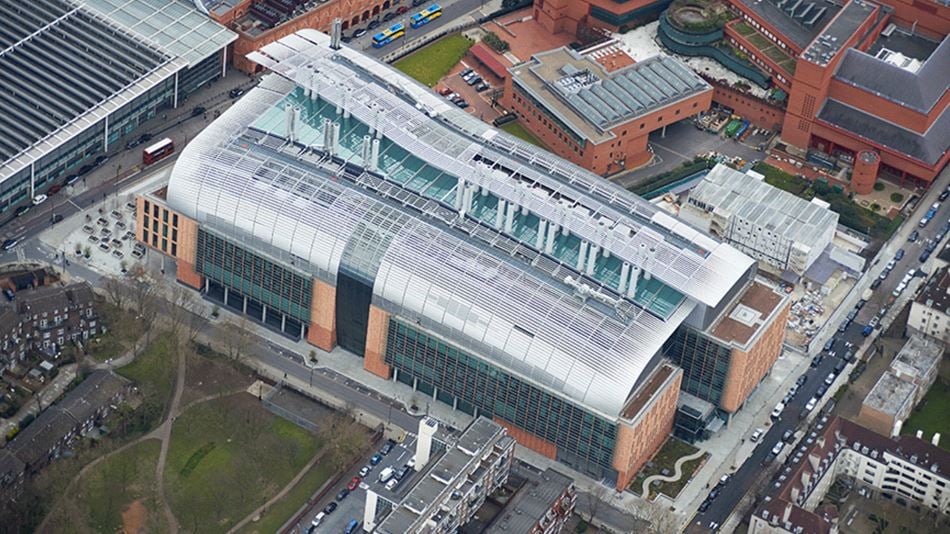
We were involved from beginning to end
As well as re-scoping the build programme, we were involved in the centre’s mechanical, electrical and public health engineering from its inception in 2008 until completion in 2015.
The Crick also called on us for MEP engineering, logistics consultancy, risk-assessment, facilities management consultancy, and security systems design.
The result is a building that works as hard as its inhabitants
Opened in November 2016, the Francis Crick Institute is one of the largest, most sophisticated research facilities of its kind. It’s home to over 1,500 staff – including 1,250 scientists – each working with the aim to make numerous breakthroughs in curing diseases like cancer, neurodegenerative conditions and heart disease. True to its ambition, the centre’s flexible and modular design means that whatever its scientists want to achieve, the building will be fit to respond.
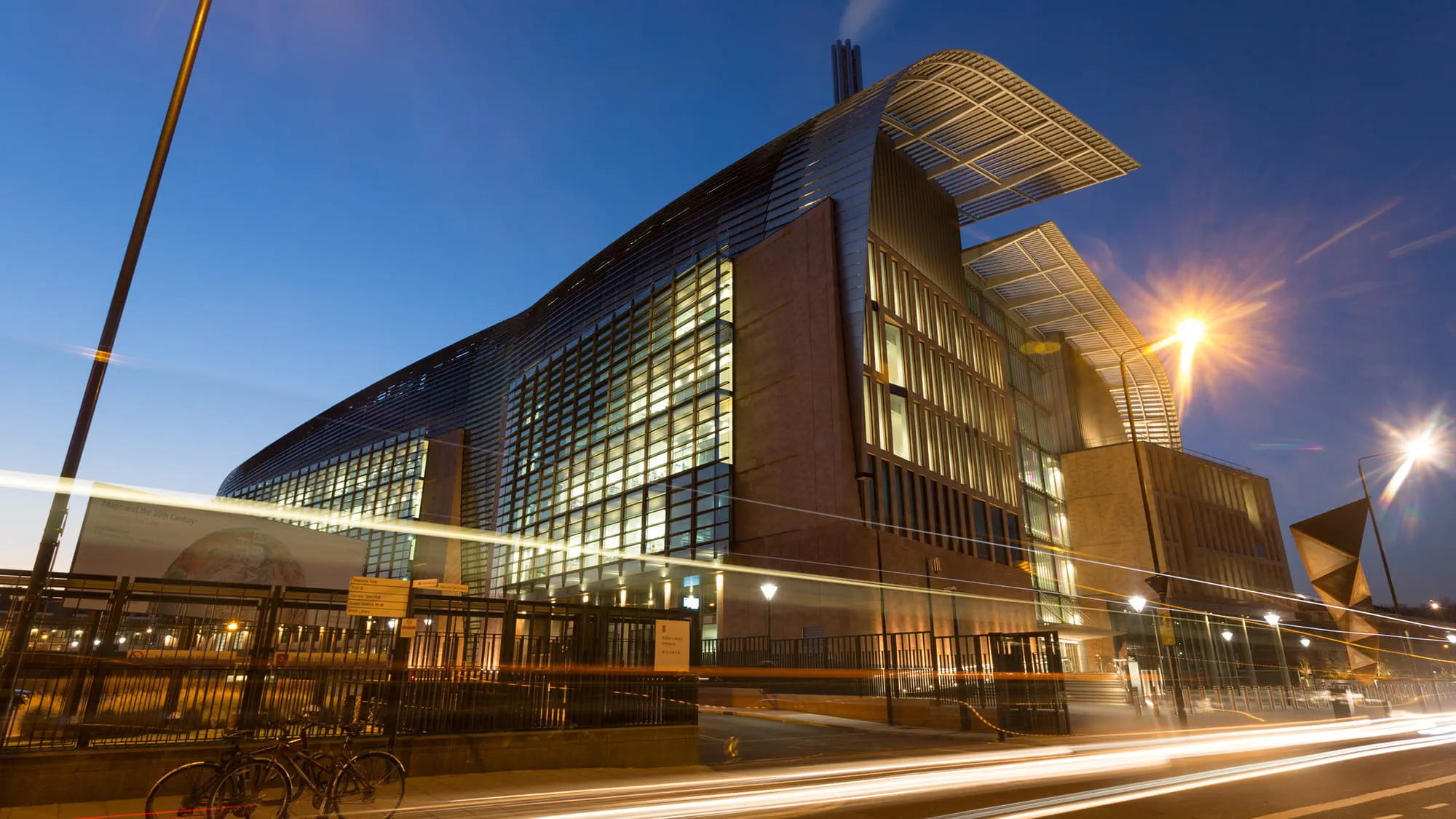 ;
;


